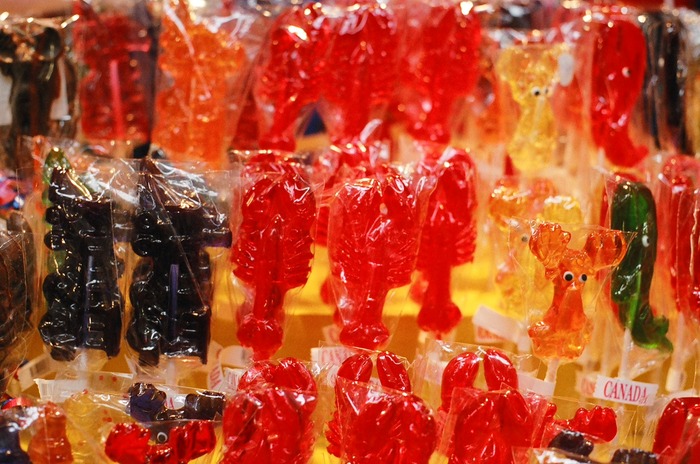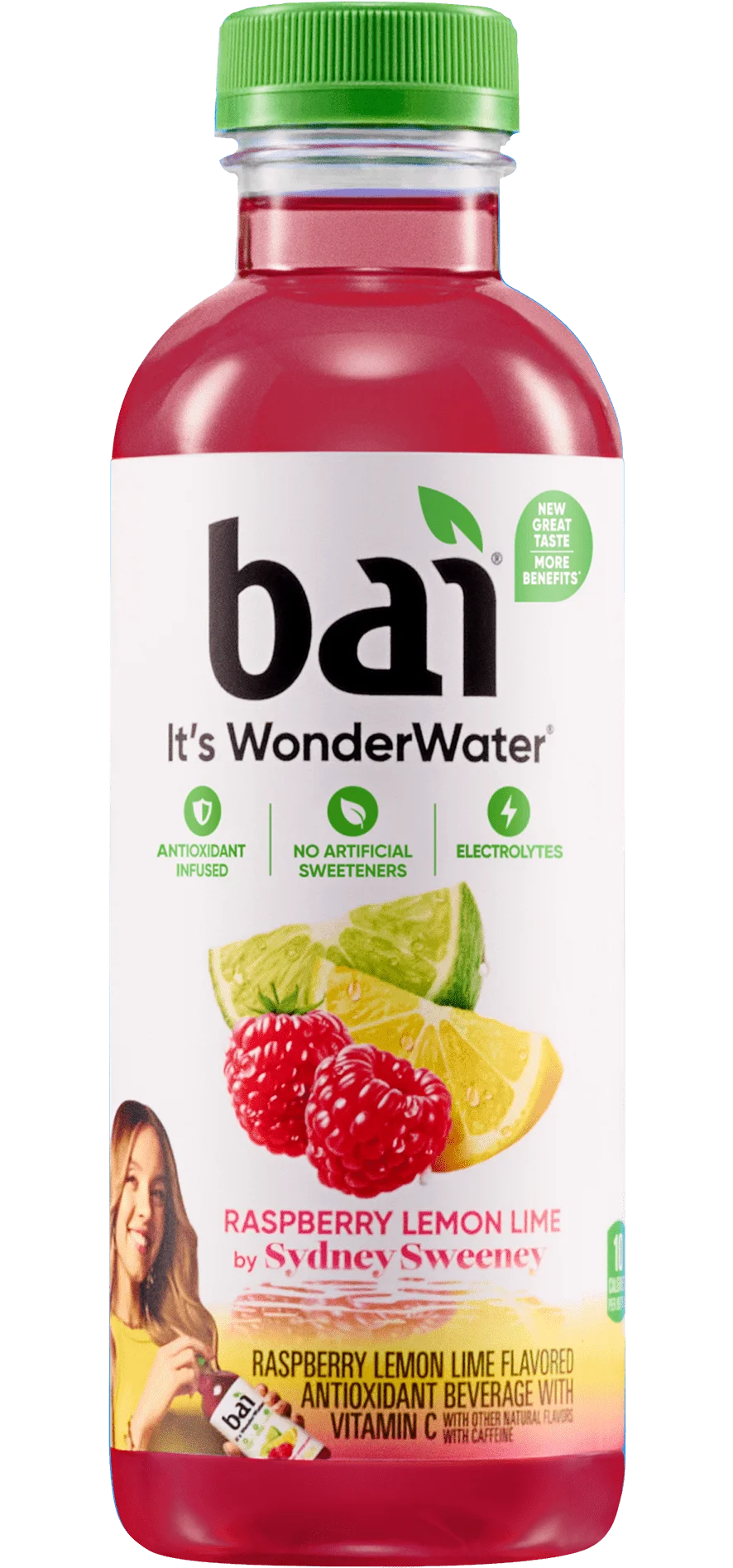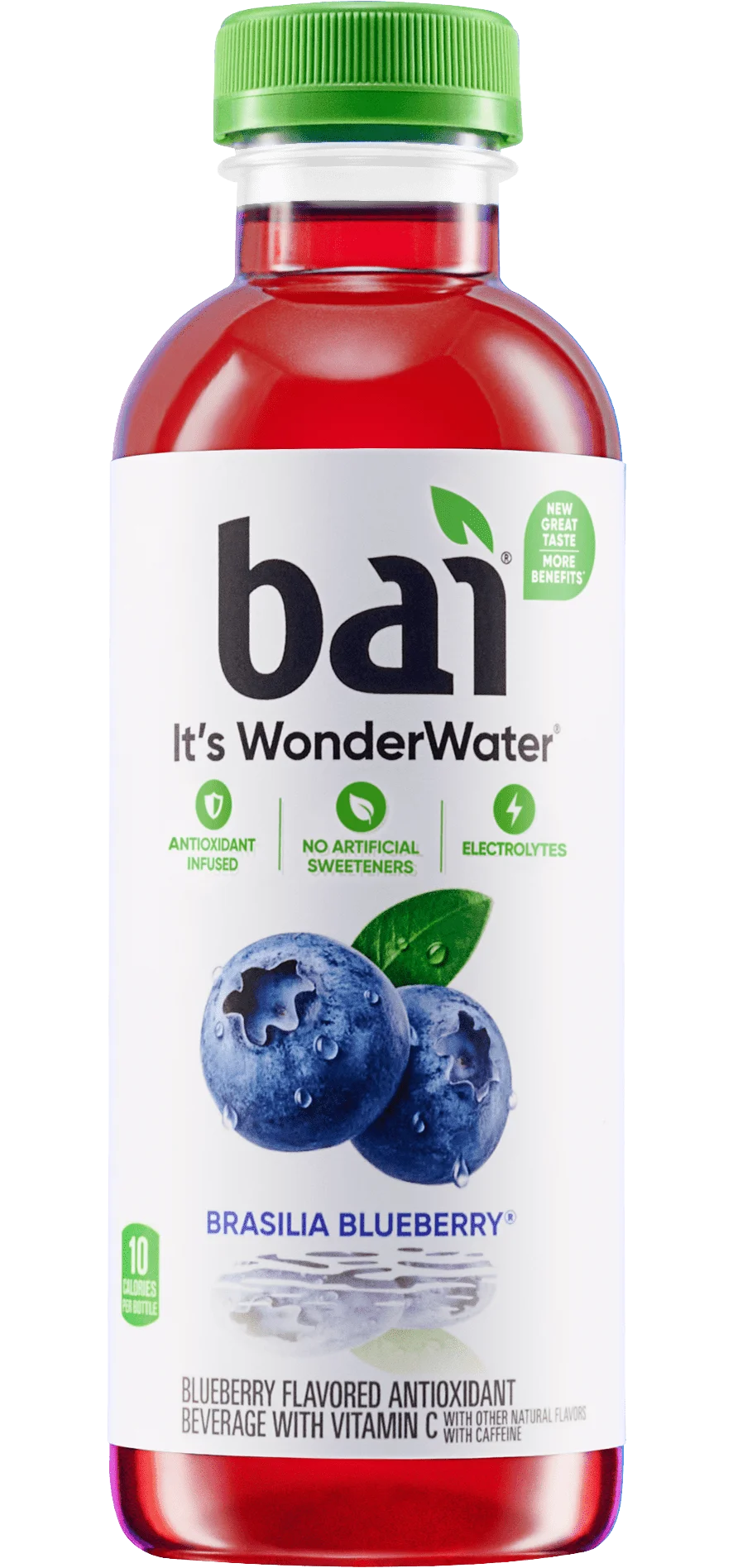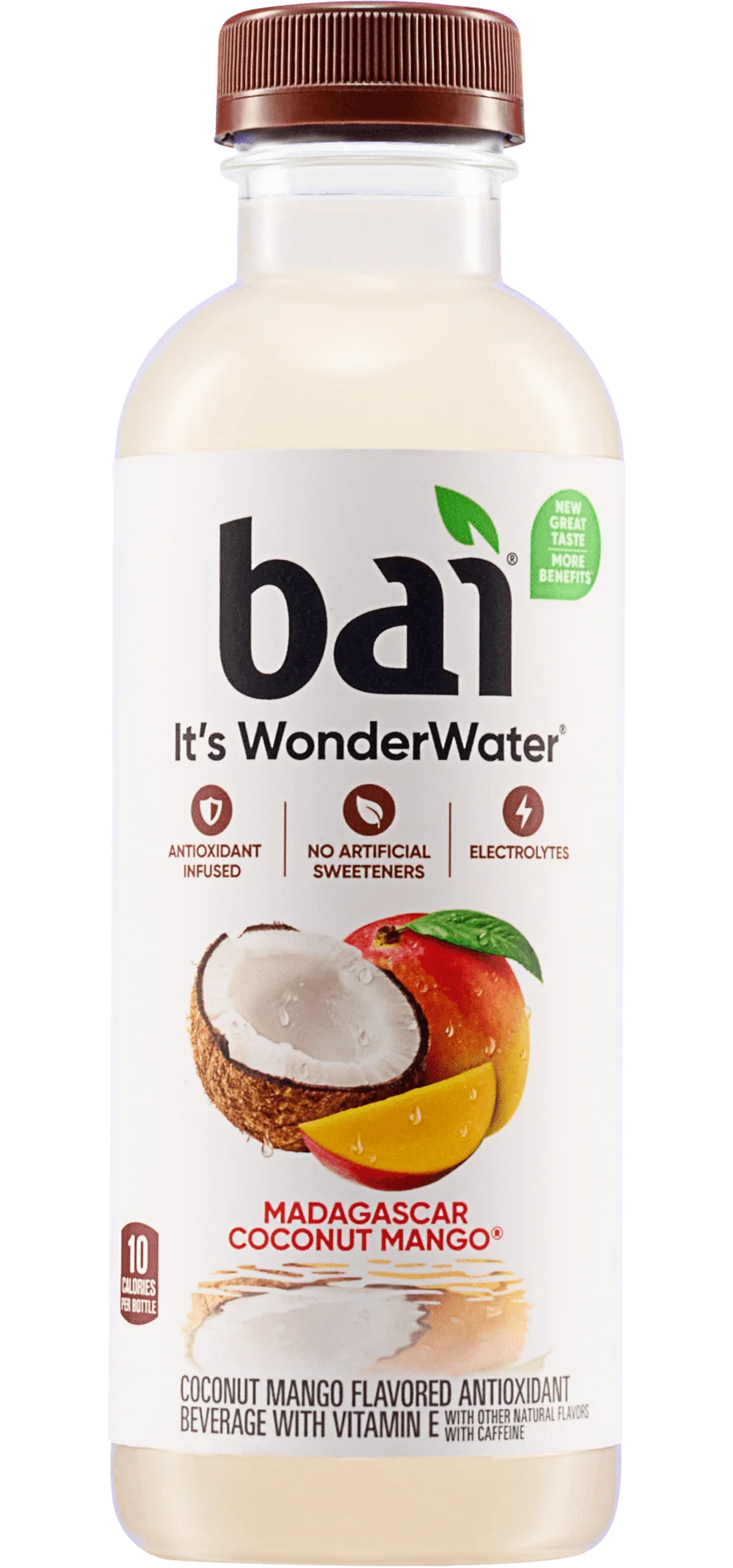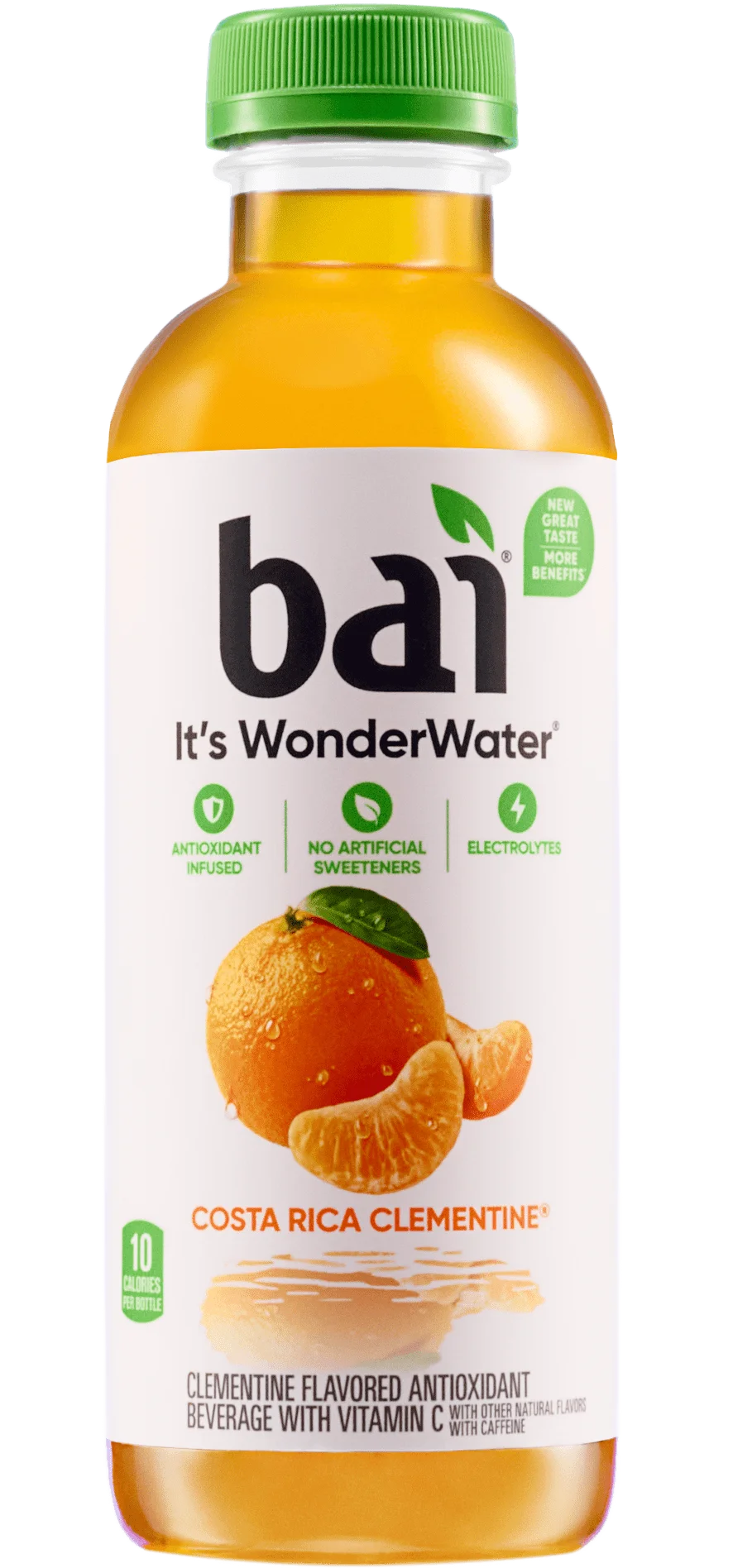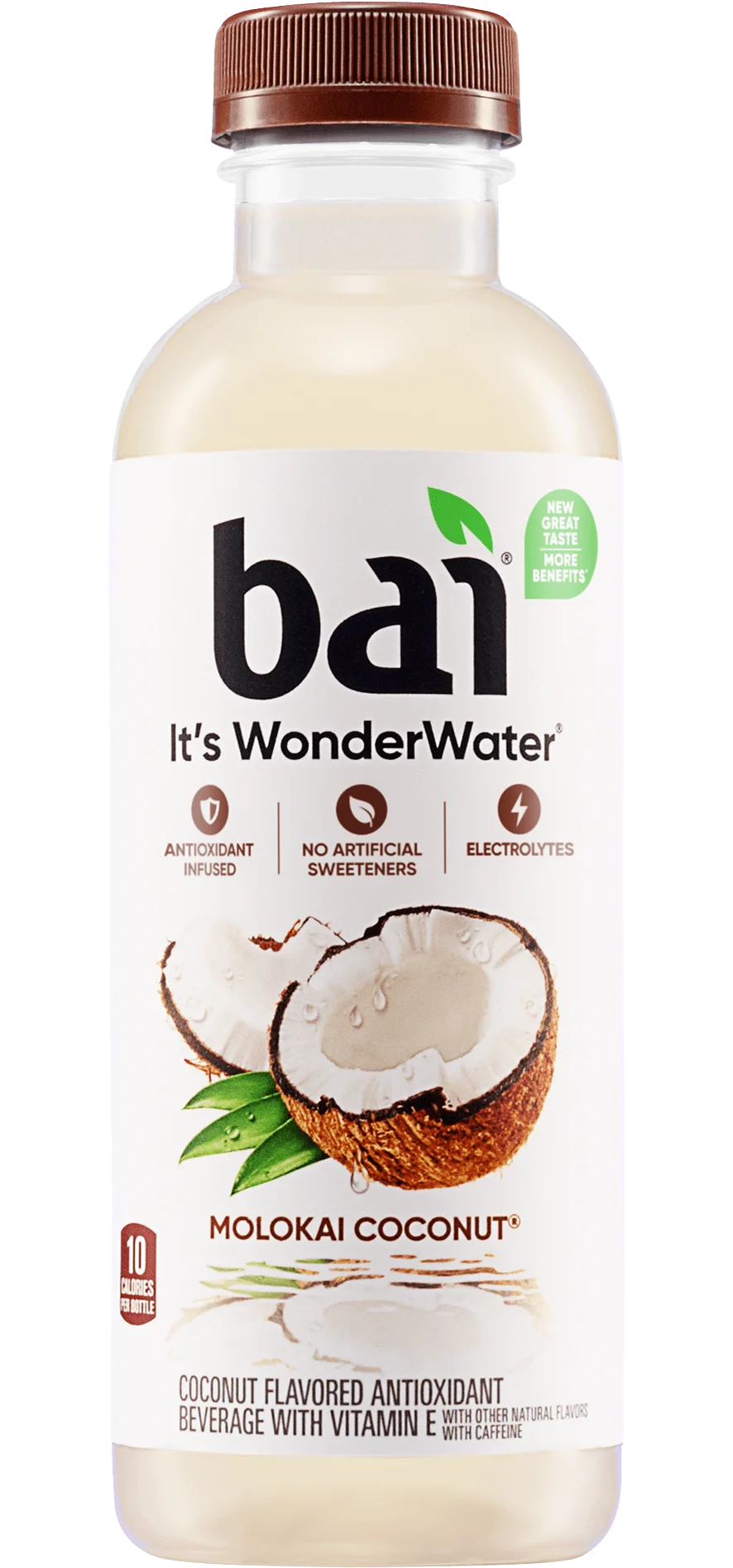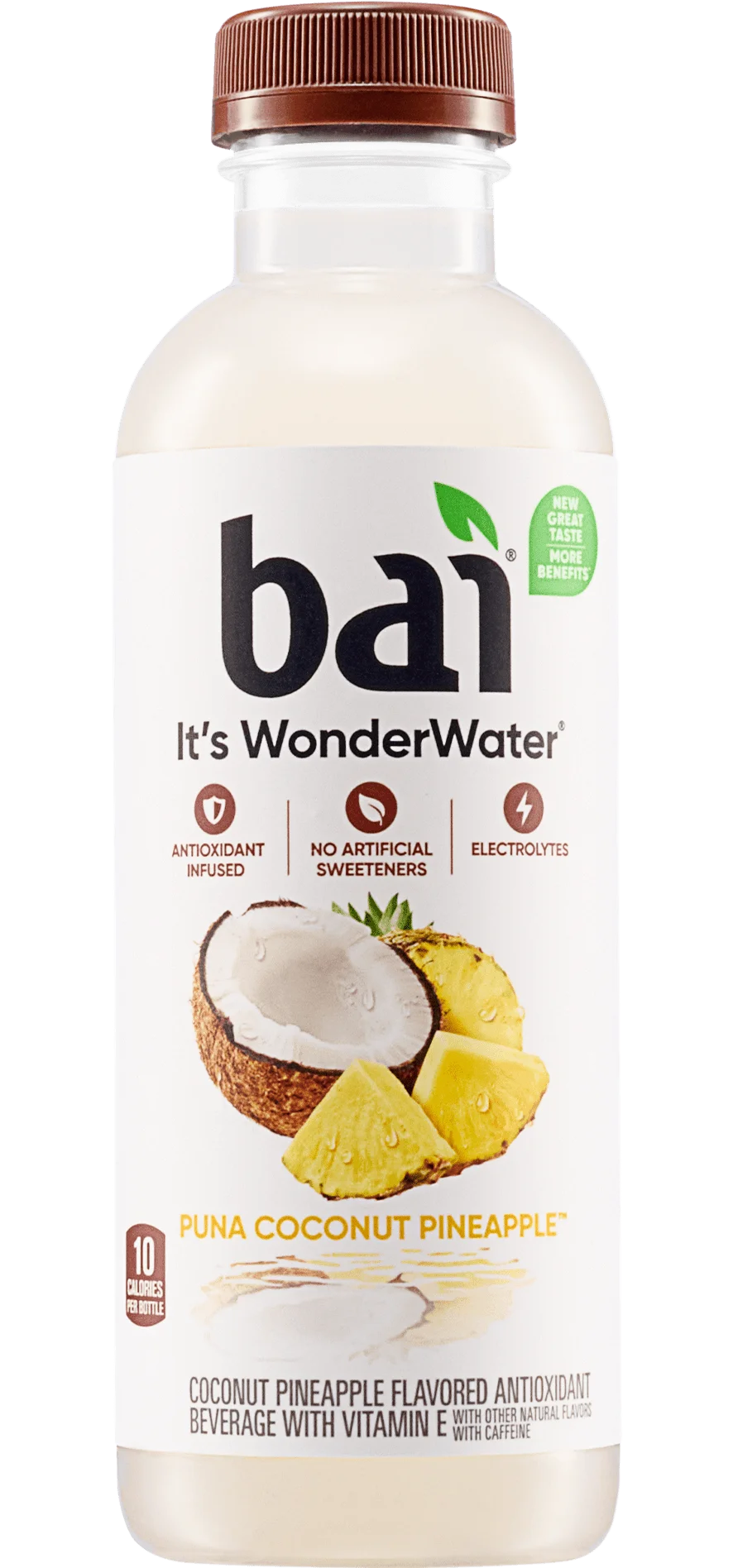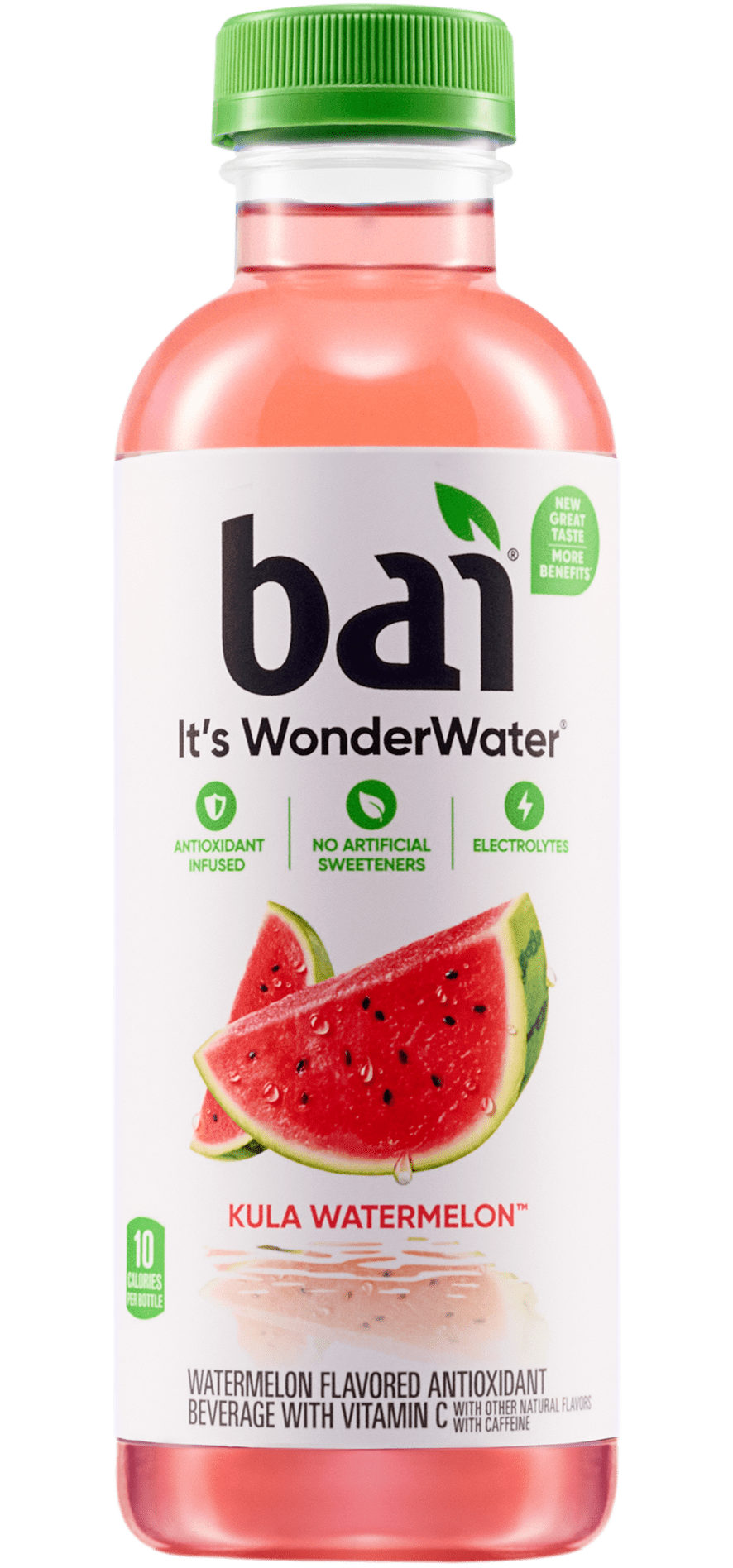It’s human instinct to seek out bright, colorful foods. It’s nature’s way of drawing us to the most nutritious, antioxidant-rich resources on earth. Food manufacturers trigger that instinct by producing unhealthy snacks and high-calorie beverages in appealing colors that can make even the unwholesome seem edible.
What makes salty, bagged treats that leave a sticky substance on your fingertips seem irresistible to millions of consumers? Blame it on Citrus Red 2, Red 3, Red 40, Yellow 5, Yellow 6, or whatever combination of commonly-used food dyes that can turn orange a brighter shade of appetizing.
Throughout history, humans have enhanced food and drink with color but it wasn’t until about a century ago that coloring took a turn toward the chemical. Before then, enriching the color of food was accomplished only with the help of nature.
Ancient Romans, for example, used saffron to deepen the yellow in the delicacies that graced their tables. Paprika, turmeric, beet extract, and flower petals were also frequently used. During the 1800s, natural food dyes were still being used exclusively but in some cases even those ingredients posed risks to humans.
Bread was made whiter with the use of chalk. The color of candy was deepened using mercury-loaded vermillion and copper-rich blue vitriol, for example. By the turn of the century, synthetic dyes were being manufactured out of coal tar and petrochemicals. Believe it or not, coal tar and petrochemicals are the sources of the dyes in many of the foods and beverages that are part of our daily diets today.
Why is that a source of concern for health-conscious consumers?
Allergic reactions, intestinal tumors, ADHD and even cancer have all been cited by medical researchers and consumer advocacy groups as by-products of a diet heavy in synthetic colors.
Wishing you a happy, healthy New Year and encouraging you to always choose nature in the Fresh vs. Fabricated battle being fought for your taste buds.
You can find Bai Antioxidant Infusions here: https://www.drinkbai.com/get-bai

